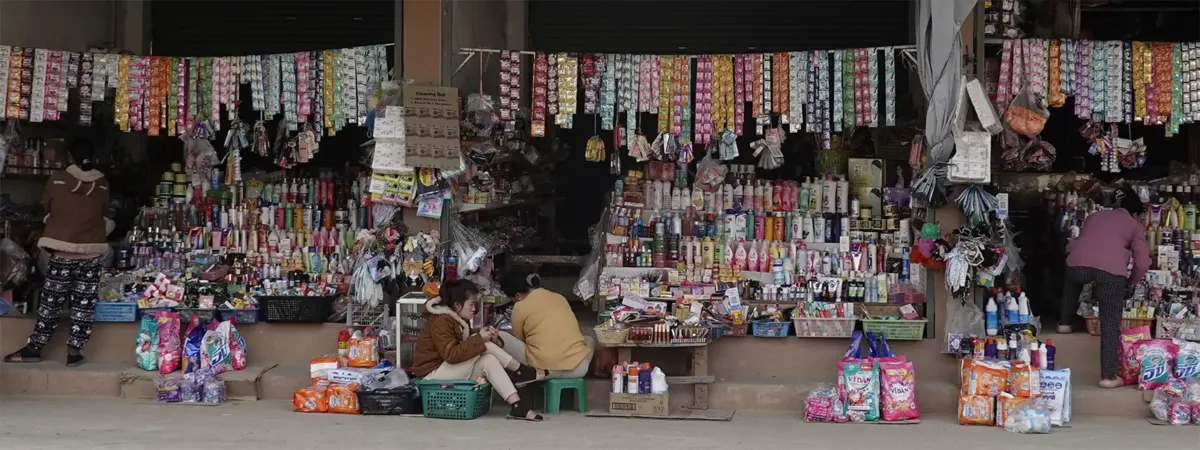

15
# Days

967
# Kilo-
meters
meters

18527
# Altitude
Difference
Difference

2
# Bike
Defects
Defects

4
# Night in
the Tent
the Tent

4
# Days without
Shower
Shower

12
# Days with
>50% Sunshine
>50% Sunshine

0
# kg
Chocolate
Chocolate






















































































